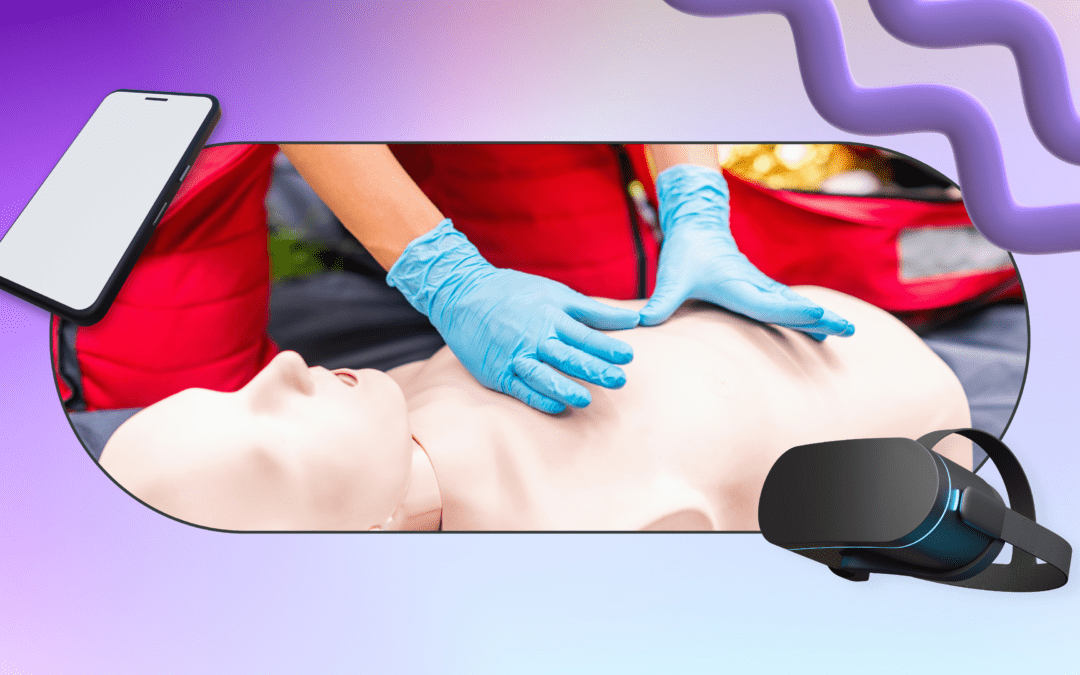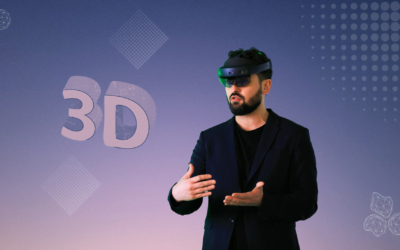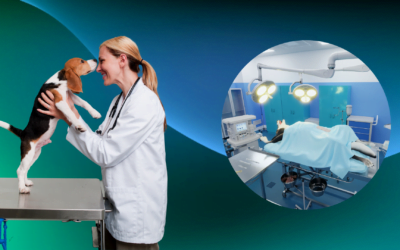- Whether learnt in school or at work, proper first aid training is a skill everyone should have.
- But when the chips are down and we are faced with a stressful reality of saving someone else’s life, are we really able to remember guidelines shown during a boring presentation?
- For that, virtual (VR) and augmented (AR) reality can be a lifesaver. Literally.

- 1. Learning first aid, step by step
- 2. Augmented reality training and its effects
- 3. VR lessons as a response to the real-life threats
- 4. Effective training helps to save lives
Learning first aid, step by step
Imagine a scenario: you’re walking down the street, and you see a person lying lifelessly on the ground. Obviously, you react. But how? Sure, probably the dispatch at 911 (or 112 in EU)will tell you what to do, but you don’t want to be at the mercy of your phone battery in that situation. What are you supposed to do if that person is not breathing? How many chest compressions were there per minute? Was it to the beat of Stayin’ Alive by Bee Gees or All Star by Smash Mouth?
There’s no time for questions like these. Thankfully, there are plenty of apps designed to guide its users step-by-step through resuscitation. Nonetheless, it’s better to be prepared beforehand.

Augmented reality training and its effects
Augmented reality is nothing but an enhanced version of our reality – it can allow for seeing things invisible to the naked eye or replace expensive equipment necessary for performing CPR training.
An app created by the American Heart Association does both. Using elements known from video games, it turns first aid training into a relatively fun challenge, allowing its users to improve their skills in regard to keeping the right tempo or maintaining the right depth of compressions.
It’s better to make use of all the tools that help teach first aid, especially if we’re talking about soon-to-be professionals.
That’s why Giant Lazer has prepared an innovative course of study in cooperation with the Medical University of Warsaw. Combining the professional training dummies with augmented reality and mobile apps allows for a much better experience in both teaching and learning.
The smartphone camera supported by AR helps with the proper arrangement of the dummy, and the mobile app provides the students with real-time results of their work. Training done that way is way more engaging and hopefully harder to forget in the future.
See how we implement VR projects
for the needs of modern education
VR lessons as a response to real-life threats
Another step in a fully immersive first aid situation is the use of virtual reality. Thanks to the 360-degree headsets, we can experience the stressful realities of fighting for someone’s life. That’s the basis for the Lifesaver VR app created by Resuscitation Council UK.
In there, we are presented with a scenario where a young man suddenly goes into cardiac arrest, and it’s up to us how we will behave in this situation. The app only requires a smartphone with a cardboard box used as a holder, therefore it’s an inexpensive way of trying out our reactions.
On the other hand, when searching for projects using the full capabilities of VR, one can get curious about the VR-CPR, available for HTC Vive, and Valve Index. This app tests the abilities of its users in a fully digital world, with three circumstances where CPR might be required.
But even further in simulating real-life scenarios goes project SHARP, created by us and Imperial College London with British teenagers in mind. Its main goal is to spread awareness about stabbings and the crucial role of first aid after such happens.
In the three chapters, users are present: at the scene of a stabbing, to learn how to stay safe and help without making things worse; in the operating theater, where they can see firsthand how knives can injure vital organs; and sometime after the operation, to see and consider long-term effects and emotional implications of such a situation.

Effective training helps to save lives
Virtual and augmented reality are perfect tools for enhancing medical training for professionals and amateurs alike. Of course, it’s best if we would actually never have to use CPR or any other first aid techniques, but because our world is pretty far from perfect, it’s best to know crucial survival skills like these.
It is worth learning about the principles of CPR – whether during an innovative H&S training (maybe even one that will be led by an intelligent virtual reality application for us) at work or school, in a virtual 360-degree world with the use of VR headsets. Knowing the rules of first aid is one of the most essential skills citizens can acquire. So why not learn it once and for all?
Read more
VR lab in your school. It is easier than you think!
More than VR glasses. VR laboratories are the next stage in the development of this technology. All the VR apps you need in one place with one multi-tasking system. One of the most modern VR laboratories in Poland. VR glasses, green box, and many other advanced...
Modern veterinary medicine helps animals by using the virtual reality
Veterinary medicine is a constantly evolving field, and the solutions used in the treatment of humans are more often used when it comes to taking care of animals’ health. Not just schools but also universities start introducing immersive teaching techniques,...
How can we mitigate climate change with VR and AR?
Virtual reality and augmented reality are becoming increasingly popular in a wide range of industries, including entertainment, education, and healthcare. In recent years, there has been a growing interest in using immersive technologies to address the issue of...




